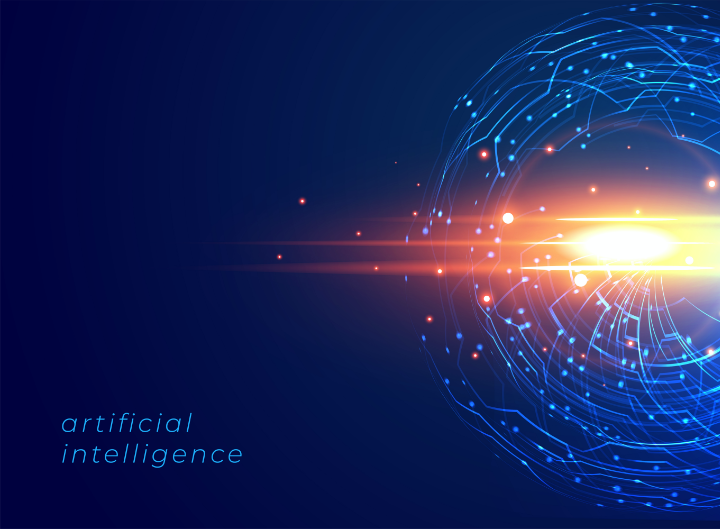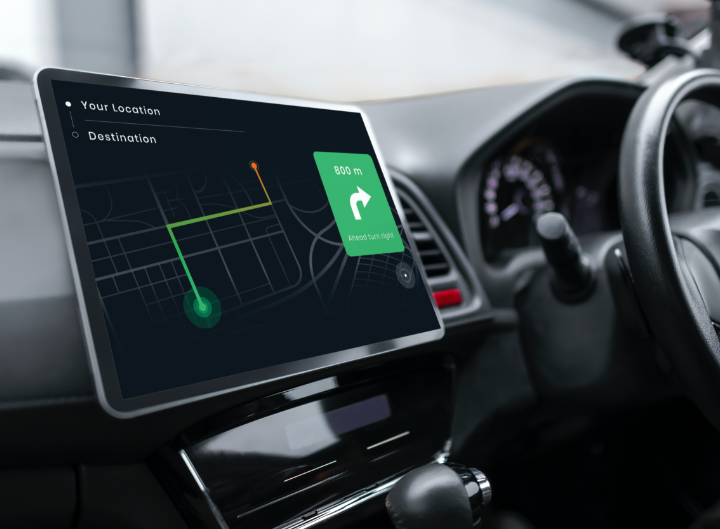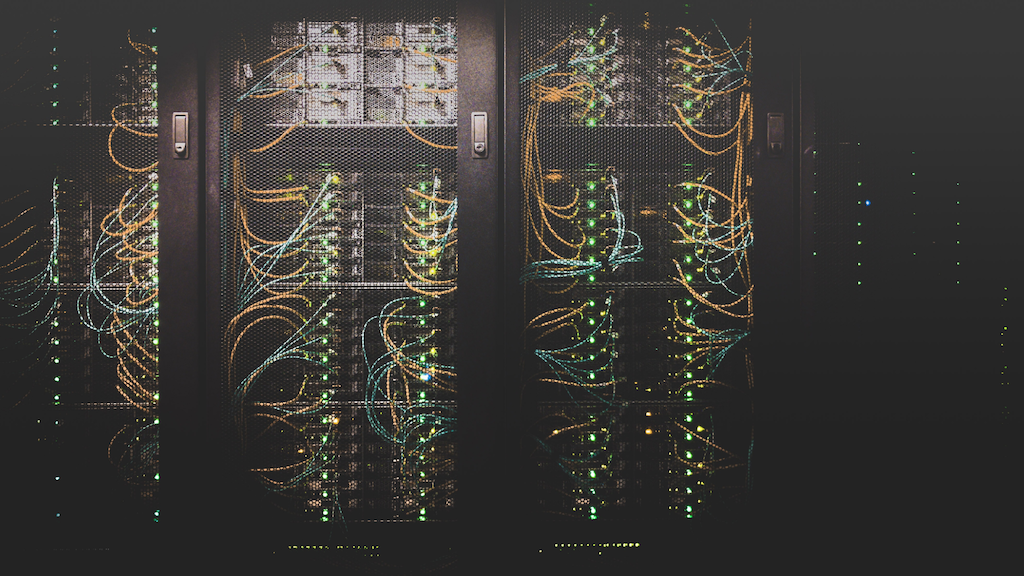Today we keep most of our files like pictures, videos, or other documents on cloud storage. Cloud storage refers to storing your data on the internet server which saves space on your device.
Just like we use cloud storage for personal use, it also offers value to businesses by allowing them to store and back up company data, run software applications, and more.
However, another alternative that companies have, which is becoming quite popular recently, is edge computing.
What is edge computing?
Unlike cloud computing, edge computing refers to the practice of collecting, processing, and analyzing data at the edge of the network, as close to the original data source as possible.
Some of the everyday devices we interact with use edge computing, for example, Amazon’s Alexa or self-driving cars.
Now, if there is the possibility of using cloud computing and processing data on Internet servers, why would these devices give priority to edge computing?
Benefits of edge computing
Speed
Because in edge computing, data is processed close to the source, the distance the data must travel is shorter, resulting in faster service and less latency. This is vital for businesses, as the delay in their service will upset the customer and cause costly damage.
In the case of smart devices like Amazon Alexa, thanks to edge computing, trigger word detection and speech recognition is done locally, and the processed text version of the request is sent to the cloud instead of the full voice recording.
Security

Edge computing serves as a double-edged sword when it comes to security. Since edge computing is a paradigm of distributed computing, it could increase potential attack factors. However, it doesn’t always add risk and can have some important safety benefits.
In the case of cloud computing, the data is transmitted to central data centers, while in edge computing this data is processed locally, and therefore, with the appropriate encryption capabilities, there is less data at risk.
Scalability
One of the most valuable benefits of edge computing is its scalability. This benefit may not be so easy to see, but even in the case of cloud computing, companies need to forward their data to their data centers.
When businesses expand, so must their IT infrastructure, such as data centers, to ensure solid and seamless service to customers. However, building and expanding data centers is a very expensive undertaking.
By combining IoT devices and edge data centers, companies can scale their operations and capabilities at a much lower cost without the need for data centers.
Edge computing and AI

Although edge computing has quite a few benefits, it is further improved with the help of Artificial Intelligence. The combination of edge computing and AI is known as Edge AI.
Edge AI uses Machine Learning (ML) algorithms to process data produced by local hardware. The important part is that you don’t need an internet connection for Edge AI to process data and make decisions on its own.
This becomes especially important if there is internet downtime or no internet access. Machine learning algorithms can perform data operations locally, handle the devices themselves, and send data to the cloud once the internet connection becomes available.
Examples of Edge AI
To better understand the importance of Edge AI, let’s take a look at some of its examples.
Self-driving cars

As we know, autonomous cars collect information from their built-in sensors that are analyzed in a matter of milliseconds to ensure a safe and accident-free ride when traveling.
But if this process depended solely on cloud computing, can you imagine the devastating result we would get in the event of internet connectivity problems?
Because autonomous vehicles cannot allow any delay in data processing, edge ai is vital for analyzing the data and taking the corresponding action even without the internet connection.
IoT sensors
Today, most manufacturing plants rely on IoT sensors. These sensors monitor environmental conditions, the status of the production line, device defects, and other details that are of great importance for the safety and smooth running of factories.
Again, local processing of the above-mentioned data rather than sending it to the cloud is vital. Sending your data to the cloud runs the risk of delays and downtime.
Therefore, to quickly analyze local conditions, detect potential anomalies, and act accordingly, factories need Edge AI due to its local data processing capabilities and ML algorithms.
Benefits of Edge AI
Based on the examples, it is clear that Edge AI can provide many benefits for businesses, such as:
- Real-time decision making
- Non-dependence on Internet connectivity
- Increased safety and security
- Easily adaptable to many different use cases
Conclusion
Thanks to IoT devices, the world is becoming more and more connected and this results in a large amount of collected data that needs to be processed quickly, which is one of the biggest benefits that Edge AI offers.
However, in addition to faster data processing, Edge AI offers security by keeping sensitive data locally and not sending it to the cloud.
With all the benefits and advantages that Edge AI brings, it’s no wonder the technology has a brighter future and will be deployed on a large scale by more companies.








